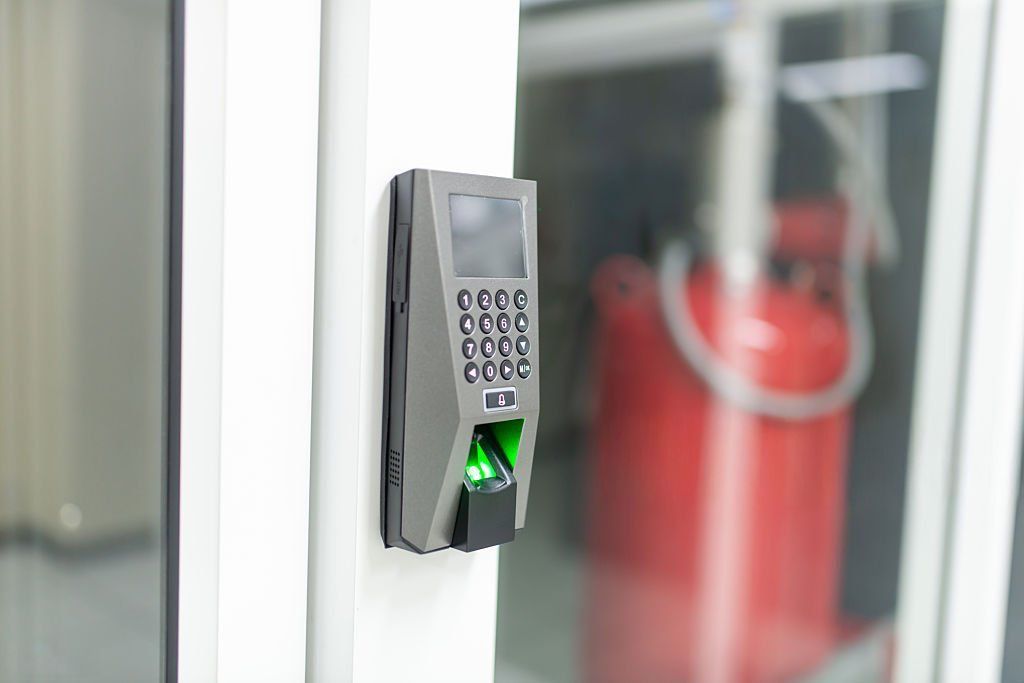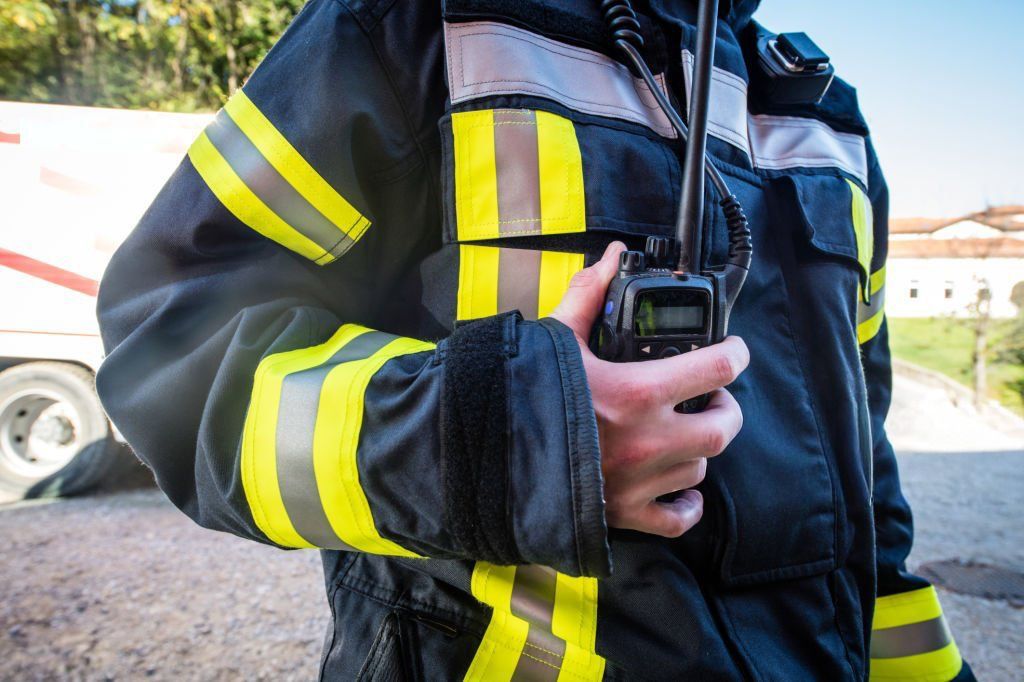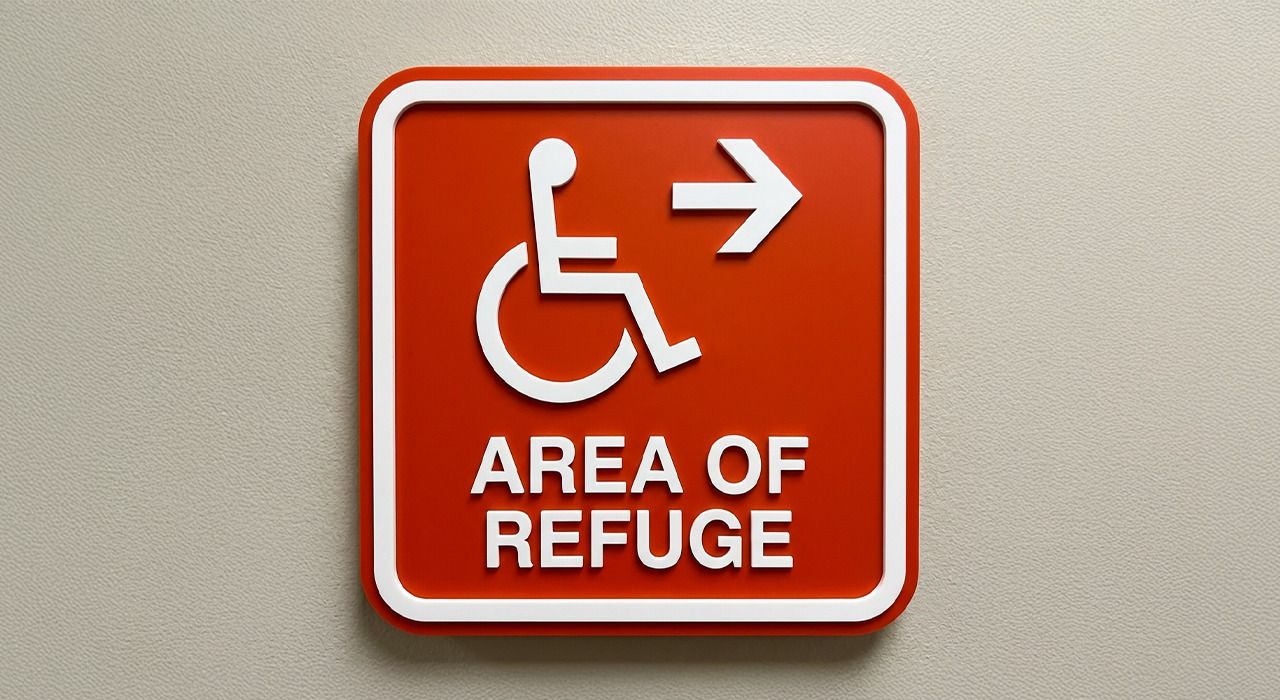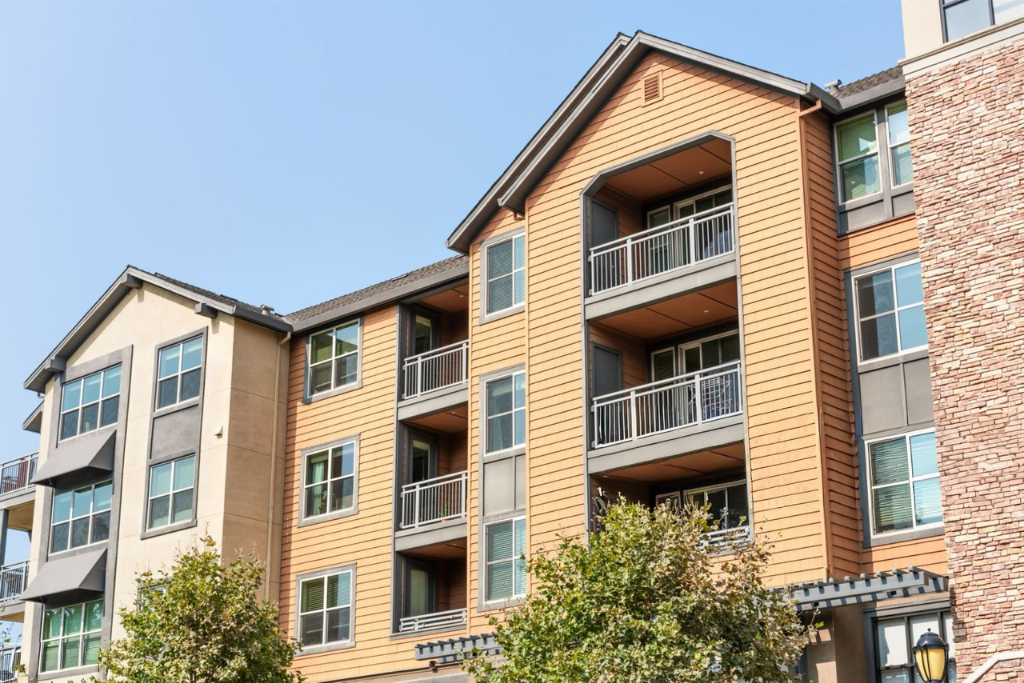Fire Pump Inspection Checklist for Southern California
Worried about fire pump compliance? You're not alone. Property managers across Southern California face the same challenge every week.
Picture this: It's Monday morning, and you're walking through your commercial property with your coffee. You know that fire pump in the basement needs its weekly check, but where do you even start?
Don't worry – we've got you covered with a simple, no-nonsense checklist that takes the guesswork out of fire pump inspections.
Why Weekly Fire Pump Inspections Matter (The Simple Truth)
Think of your fire pump like your car. You wouldn't drive cross-country without checking your oil, right? Your fire pump works the same way – it needs regular attention to work when lives depend on it.
Here's the reality: According to NFPA research, properly maintained fire pumps have a 96% success rate during emergencies. Skip the maintenance? That number drops fast.
In Southern California, where earthquake risks and wildfire threats are real, your fire pump isn't just a regulatory requirement – it's your property's lifeline.
Understanding NFPA 25 Requirements (Made Simple)
NFPA 25 sounds complicated, but it's actually straightforward. Think of it as your fire pump's instruction manual.
The basic rule:
- Diesel pumps = Weekly testing (no exceptions)
- Electric pumps = Monthly testing (with some weekly exceptions)
Weekly exceptions for electric pumps include:
- Buildings beyond fire department pumping capacity
- Limited service controllers
- Vertical turbine pumps
- Ground-level tank suction systems
Need help determining your pump type?
Book a call with our certified technicians for a free assessment.
Your Complete Weekly Inspection Checklist
Visual Inspection Items (5 Minutes)
Pump Room Environment
- Temperature maintained at minimum 40°F (4°C)
- No excessive water on floor
- Adequate lighting and ventilation
- Clear access to all equipment
Pump System Visual Check
- No visible leaks in piping or connections
- All valves in proper position (suction, discharge, bypass fully open)
- Pressure gauges readable and within normal range
- No unusual rust, corrosion, or physical damage
Operational Testing (10-30 Minutes)
| Pump Type | Test Duration | Key Requirements |
|---|---|---|
| Electric | 10 minutes minimum | Automatic start via pressure drop |
| Diesel | 30 minutes minimum | Automatic start via pressure drop |
Critical Testing Steps:
- Start pump automatically (never use manual start button)
- Monitor pressure readings during operation
- Check circulation relief valve for small water flow
- Listen for unusual noises or vibrations
- Record all readings in logbook
Documentation Requirements
What to Record:
- Date and time of inspection
- Personnel conducting test
- Pressure readings (suction and discharge)
- Run time duration
- Any abnormalities or issues
- Corrective actions taken
Pro tip: Keep records for at least 3 years – insurance companies and fire marshals love good documentation.
Common Issues Property Managers Find
Red Flags to Watch For
Immediate Action Required:
- Pump won't start automatically
- Unusual noises or excessive vibration
- Visible leaks or water damage
- Pressure readings outside normal range
- Temperature too low in pump room
Schedule Professional Service:
- Gauges reading more than 5% off calibration
- Minor leaks or corrosion
- Inconsistent performance
- Overdue annual testing
When you spot any of these issues, call Fire Testing Solutions at
866-757-8378 for immediate assistance.
Southern California Specific Considerations
Earthquake Preparedness
After any seismic activity (even minor tremors), conduct an additional visual inspection. Earthquakes can shift connections and damage components.
Wildfire Season Readiness
During high fire risk periods (typically October through April), consider increasing inspection frequency. Your fire pump may be your property's only defense against ember attacks.
Local Authority Requirements
- Orange County: OCFA actively enforces NFPA 25 compliance
- Los Angeles County: LAFD maintains certified tester requirements
- Riverside County: Local fire marshals conduct regular compliance checks
Professional vs. DIY Inspections
When You Can Handle It Yourself
- Basic visual inspections
- Simple documentation
- Routine operational testing (if properly trained)
When to Call the Pros
- Annual flow testing
- Gauge calibration
- Complex troubleshooting
- Regulatory compliance issues
Book a call today – we handle all the technical stuff so you don't have to.
The Bottom Line
Fire pump inspections don't have to be complicated. Follow this checklist, document everything, and call professionals when you're unsure.
Remember: A few minutes of weekly attention can prevent catastrophic problems later. Your tenants, insurance company, and local fire marshal will all thank you.
Key Takeaways:
- Weekly inspections are mandatory for diesel pumps, monthly for most electric pumps
- Visual checks take 5 minutes, operational testing takes 10-30 minutes
- Document everything – good records protect you legally and financially
- When in doubt, call certified professionals
Ready to ensure your fire pump stays compliant?
Book a call or call
866-757-8378 today.
Need Expert Help? Fire Testing Solutions provides comprehensive fire pump inspection services throughout Southern California. Our certified technicians handle everything from weekly testing to annual compliance – so you can focus on running your property.
Contact us today:
- Phone: 866-757-8378
- Email: service@firetestingsolutions.com
- Office: 700 W. First St, Suite 10, Tustin, CA 92780
- Book a Call
With over 40 years of combined experience and satisfaction guaranteed, we're the fire & life safety experts you can trust.










